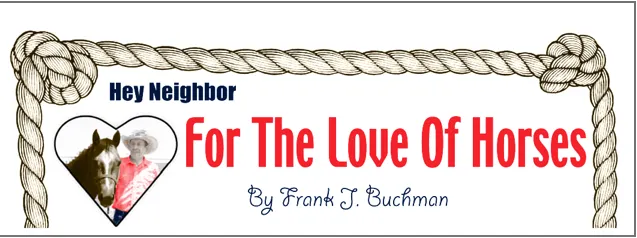New research shows that age-old interactions between people and their horses can teach us something about building robots designed to improve our lives.
Humans and horses have enjoyed a strong working relationship for nearly 10,000 years. It was a partnership that transformed how food was produced, people were transported, and even how wars were fought and won.
Today, horses are more for ranch work, companionship, recreation, and as teammates in competitive activities like racing, dressage, and showing.
Can these age-old interactions between people and their horses teach us something about building robots designed to improve our lives?
“There are no fundamental guiding principles for how to build an effective working relationship between robots and humans,” said Eakta Jain at the University of Florida.
“As we work to improve how humans interact with autonomous vehicles and other forms of AI, it occurred to me that we’ve done this before with horses,” Jain said. “This relationship has existed for millennia but was never leveraged to provide insights for human-robot interaction.”
Like horses did thousands of years before, robots are entering human lives and workplaces as companions and teammates.
They vacuum floors, help educate and entertain children, and studies are showing that social robots can be effective therapy tools to help improve mental and physical health.
Increasingly, robots are found in factories and warehouses, working collaboratively with human workers and sometimes even called co-bots.
Cars and trucks can observe nearby vehicles and keep an appropriate distance from them as well as monitor the driver for signs of fatigue and attentiveness. However, the horse has had these capabilities for a long time.
Looking at history with animals to help shape the future with robots is not a new concept, though most studies have been inspired by the relationship humans have with dogs.
University of Florida engineers are the first to bring together engineering and robotics researchers with horse experts and trainers to conduct on-the-ground field studies with the animals.
Data collected through observations and analyses resulted in findings that can be applied by human-robot interaction researchers and robot designers.
Some of the findings are concrete and easy to visualize, while others are more abstract.
For example, when a horse speaks with its body, its ears point to where something caught its attention.
Similar types of nonverbal expressions in robots, like ears that point when there is a knock on the door or something visual in the car when there’s a pedestrian on that side of the street.
A more abstract and groundbreaking finding is the notion of respect. When a trainer first works with a horse, he looks for signs of respect from the horse for its human partner.
“We don’t typically think about respect in the context of human-robot interactions,” engineers said. “What ways can a robot show you that it respects you? Can we design behaviors similar to what the horse uses? Will that make the human more willing to work with the robot?”
+++30+++




